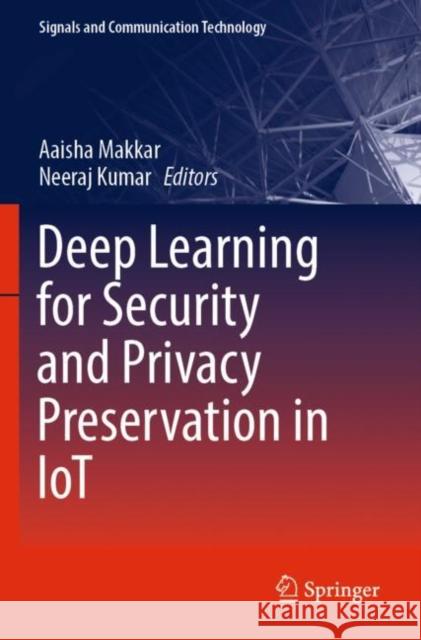Deep Learning for Security and Privacy Preservation in Iot » książka
topmenu
Deep Learning for Security and Privacy Preservation in Iot
ISBN-13: 9789811661884 / Angielski
Deep Learning for Security and Privacy Preservation in Iot
ISBN-13: 9789811661884 / Angielski
cena 803,21
(netto: 764,96 VAT: 5%)
Najniższa cena z 30 dni: 693,97
(netto: 764,96 VAT: 5%)
Najniższa cena z 30 dni: 693,97
Termin realizacji zamówienia:
ok. 22 dni roboczych.
ok. 22 dni roboczych.
Darmowa dostawa!
Kategorie:
Kategorie BISAC:
Wydawca:
Springer
Seria wydawnicza:
Język:
Angielski
ISBN-13:
9789811661884











